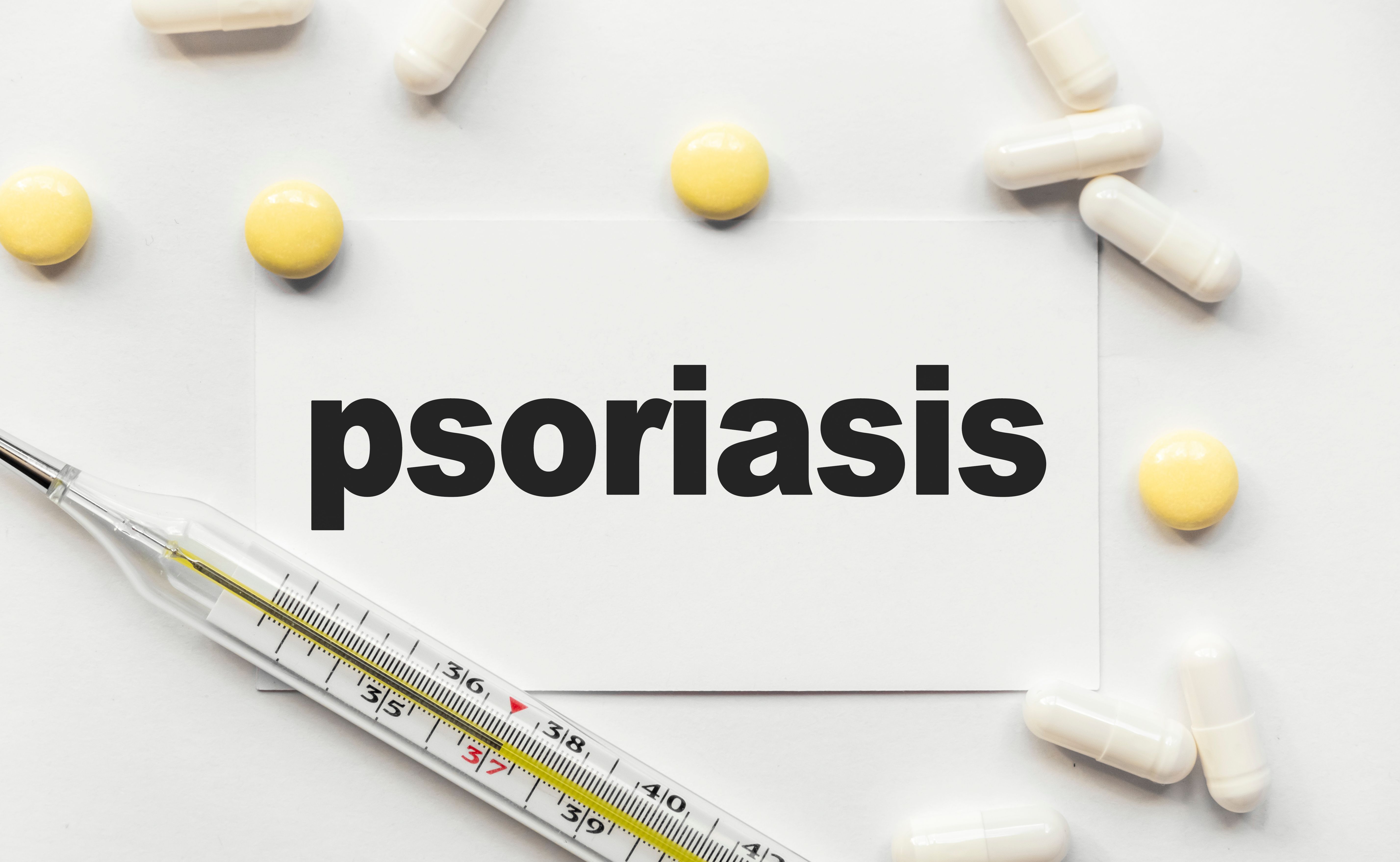Article
Poster Recap: Biologics and Apremilast Adherence Patterns of Patients With Moderate to Severe Plaque Psoriasis Grouped by Metabolic Syndrome Status
Author(s):
Background
Plaque psoriasis (PsO) is a chronic, immune-mediated skin disease that affects more than 8 million Americans.1 Of those with PsO, 20% to 50% are also diagnosed with metabolic syndrome (MetS), which is a group of conditions associated with increased risk for cardiovascular disease and type 2 diabetes.2 MetS is more prevalent among patients with severe PsO.2
MetS may affect the safety, efficacy, and treatment patterns of PsO therapeutics, which include certain biologics and apremilast.2 Patterns of PsO treatment and therapy disruptions (including discontinuations, re-initiations, and changes) over the long term in real-world settings are not well understood, particularly among those with MetS. To explore treatment patterns for moderate-to-severe PsO and the potential effects of MetS on these patterns, Feldman and colleagues conducted a retrospective study that tracked patients with and without MetS who began treatment with secukinumab (SEC), adalimumab (ADA), ustekinumab (UST), etanercept (ETA), or apremilast (APR).3
Methods
Using data from commercial and Medicare claims databases, Feldman and colleagues identified adults with PsO who had initiated SEC, ADA, UST, ETA or APR between January 1, 2015, and August 31, 2018. Eligibility criteria included no previous use of the medication and no evidence of cancer or HIV 12 months before initiating treatment for PsO. For each therapeutic, patients were grouped by presence or absence of MetS.3
Feldman and colleagues evaluated PsO patient demographics and clinical characteristics (age, sex, comorbidities [coronary artery disease, obesity, anxiety] and certain medications) within the 12 months before initiating treatment for PsO. After the initial claim, they tracked rates of adherence, nonpersistence, discontinuation, switching, and re-initiation for the therapeutics at 12 months, 18 months, and 24 months.3
Adherence was measured as the proportion of days covered being greater than or equal to 0.8. Nonpersistence was indicated by no refill within a treatment gap (4 weeks for ETA and APR; 8 weeks for ADA; 10 weeks for SEC; and 18 weeks for UST). Discontinuation was defined as no claim for the therapeutic after a gap in treatment. Switching could involve discontinuing the initial therapeutic and initiating a biologic (or a different biologic, if the initial therapeutic was a biologic), APR, or oral medication with or without a treatment gap. Re-initiation was identified on the basis of claims involving the initial medication after a treatment gap.3
Results
Approximately 50% of the patients with moderate or severe psoriasis who began taking any of the study drugs had MetS. For both the MetS and non-MetS groups, overall adherence across all therapeutics was low: At 12 months, adherence ranged from 29% to 47%; at 18 months, from 24% to 45%; and at 24 months, from 20% to 36%. For both groups, overall switching across all therapeutics was high: At 12 months, switching ranged from 12% to 35%; at 18 months, from 19% to 46%; and at 24 months, from 25% to 54%.3
Conclusions
Adherence rates were low and switching to another therapeutic was common among patients in both the MetS group and the non-MetS group. Patients in both groups treated with UST experienced a higher rate of persistence and lower switching rate compared with patients treated with other therapeutics.3
References
1. About psoriasis. National Psoriasis Foundation website. www.psoriasis.org/about-psoriasis. Updated August 14, 2019. Accessed September 17, 2019.
2. Gisondi P, Fostini AC, Fossà I, Girolomoni G, Targher G. Psoriasis and the metabolic syndrome. Clin Dermatol. 2018;36(1):21-28. doi: 10.1016/j.clindermatol.2017.09.005.
3. Feldman SR, Zhang J, Martinez D, et al. Treatment patterns of biologics and apremilast among patients with moderate to severe plaque psoriasis by metabolic syndrome status. Poster presented at: ISPOR 2019; May 18-22, 2019; New Orleans, LA. ispor.org/heor-resources/presentations-database/presentation/intl2019-1479/92502.





